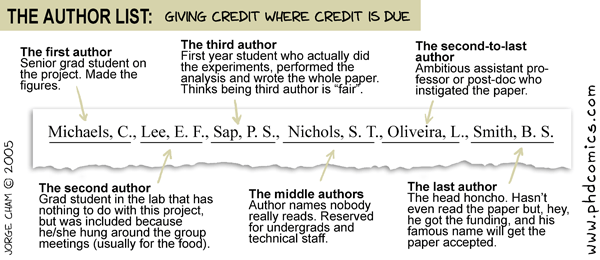How should students and postdocs respond to honorary co-author requests?

Brian Martin has a helpful article Countering supervisor exploitation that considers the problem of Ph.D students and junior researchers being expected to include inappropriate co-authors in their publications. In some cases their work is completely stolen by superiors. Martin has practical and realistic advice including the options of acquiesce, leave, complain, or resist. He also gives the wise advice of clarifying the issue of co-authorship criteria and the senior persons track record on the issue before joining a research group. Based on my limited and anecdotal experience, I fear these problems are more prevalent than is acknowledged, and they are getting worse. I add a few other dimensions to this problem of inappropriate co-authorship. First, senior people are not always the problem. Sometimes it is junior people who want to include honorary senior co-authors because they think that will "curry favour" with them or increase the chance of the paper being publ







